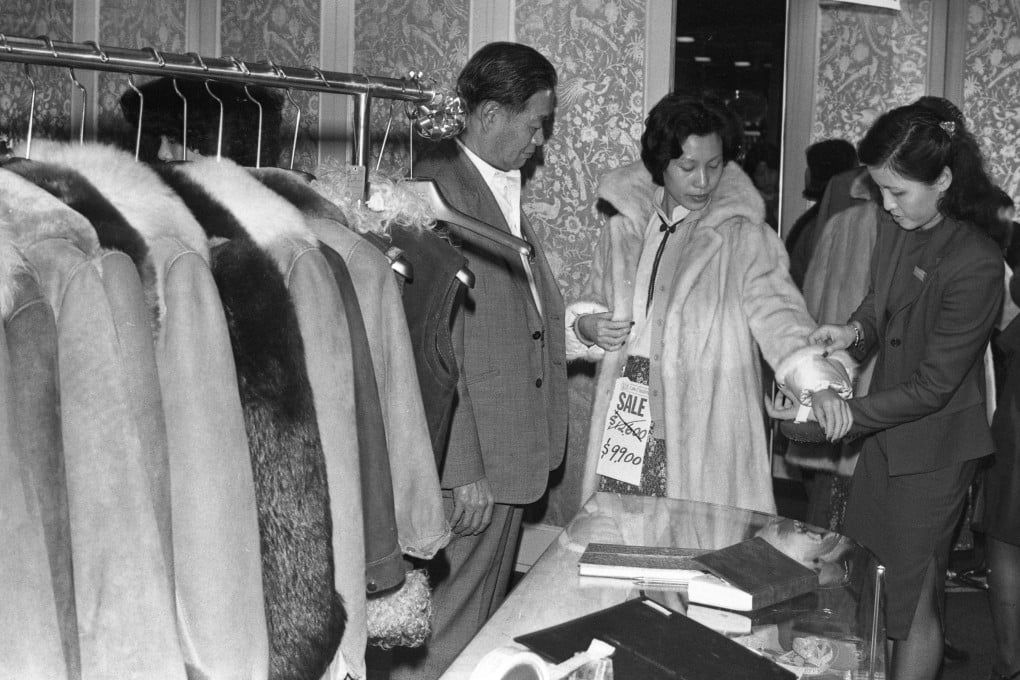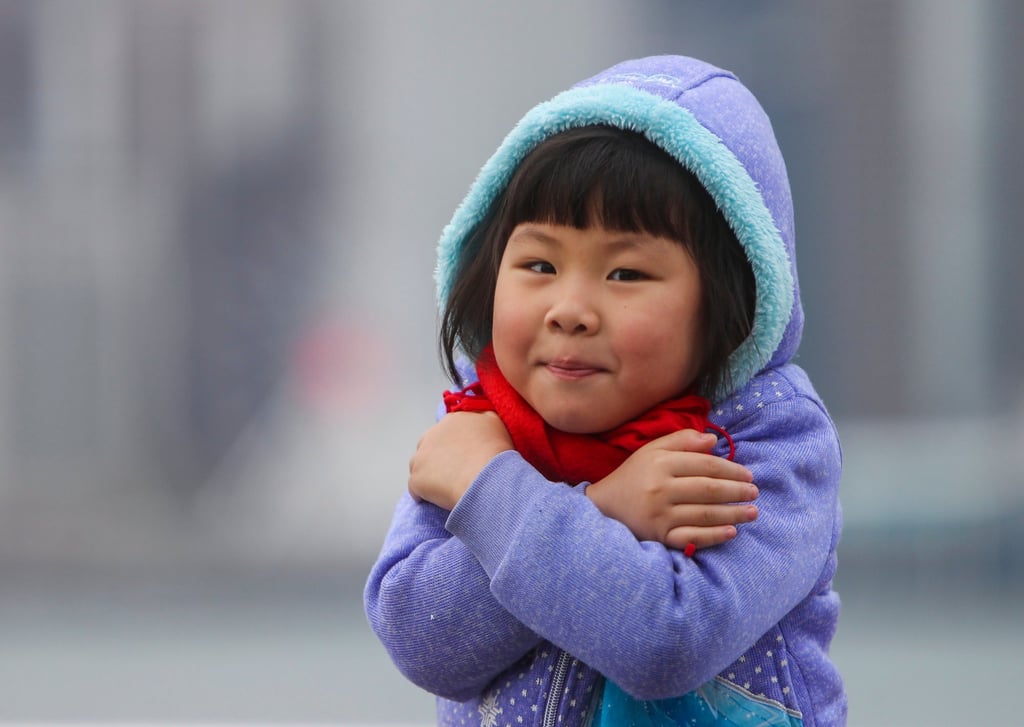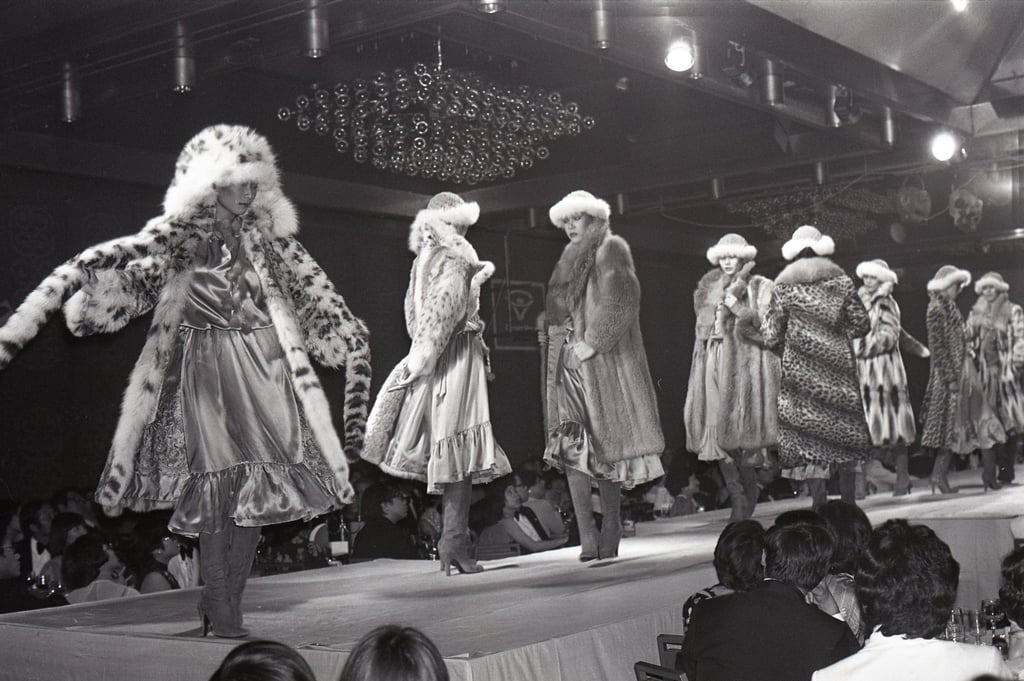Then & Now | How Hongkongers protected winter wardrobes from the perils of summer
The city’s cooler months require heavy warmer clothes, but how to care for these often luxury items during gruelling summers?

Cool-weather clothes in Hong Kong have long been chosen from classic styles that would not date too quickly. As only three or four months of the year are suitable for most temperate-climate garments – barely two for heavier items, such as tweed overcoats – winter clothes were expected to last for many years, and would only be replaced on periodic long leaves or when an individual’s body shape had changed too dramatically for alterations.

After Naphthalene and other proprietary chemical insect repellents were introduced in the 1920s, these more pleasant-smelling natural materials fell into disuse. While undeniably effective, these products permanently impregnate everything from fabric and leather to timber-lined wardrobes and drawers, and no amount of careful airing in strong sunlight can ever remove that distinctive whiff of stale mothball.
In cities such as Singapore and Kuala Lumpur, and much of tropical Asia, cool-weather clothes were seldom required anyway. A few cardigans or jerseys kept handy for occasional short holidays at hill stations such as Malaysia’s Cameron Highlands, where mornings and evenings could be brisk, were quite enough. But in wealthy commercial cities with distinct cool seasons that lasted for a few months, like Kolkata and Hong Kong, many residents owned numerous expensive seasonal garments, such as furs, that required careful care during the rest of the year.

In these places, a full-length mink coat, sable jacket or silver fox stole paraded an imprimatur of personal wealth and, by extension, longed-for social standing, to the watching world-at-large. And several such luxuries, carefully rotated through the season’s dinner parties, cocktail evenings and club nights, demonstrated just how much that fortunate individual – or her husband – was really worth.
